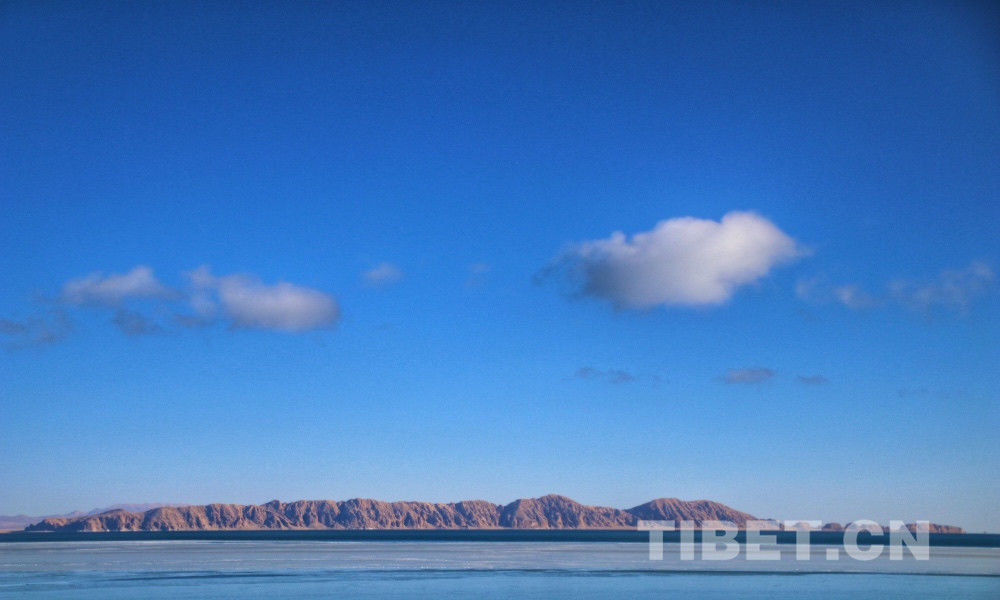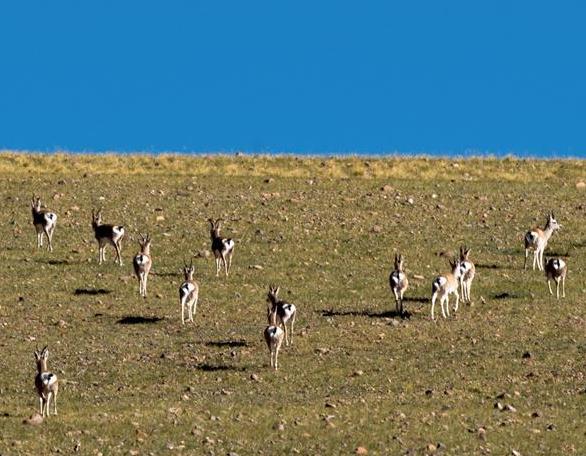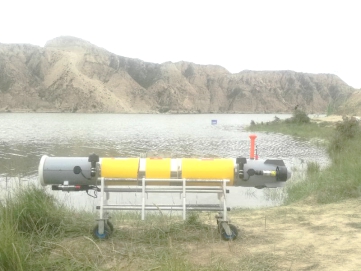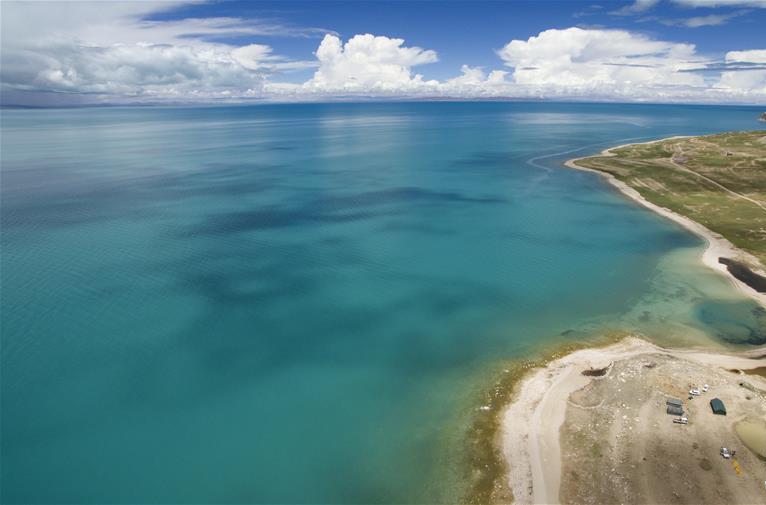Chinese archaeologist working on Third Pole to discover ancient human traces
Gao Xing, an archaeologist from Institute of Vertebrate Paleontology and Paleoanthropology under Chinese Academy of Sciences, is working on the world’s Third Pole, the Qinghai-Tibet Plateau, to discover the traces of human remains there from 40,000 years ago.
Studying archaeology in Peking University since 1981, Gao has devoted over 30 years of his life to the discipline. Though archaeology wasn’t what he aimed for when entering university, he gradually fell in love with it as he knew more.
Archaeology has branches. Some scholars focus on the pre-Qin period, while some love the Han and Tang Dynasties. However, in Gao’s eyes, it is more challenging to decode the mystery of the Paleolithic as the history of that period is not recorded by texts.
The archaeological discoveries of the Paleolithic, Gao believes, would generate new academic ideas and unearth unknown histories. This is a huge attraction for him.
Since 2011, Gao and his team have participated in eight investigations on the Qinghai-Tibet Plateau and found a Paleolithic site with original stratigraphic layers – the Nwya Devu.
Located at an altitude of 4,600 meters, the Nwya Devu is well conserved and densely distributed with stoneware. Carrying significant characteristics of the stone-tool technology, it is the most ancient Paleolithic site on the Qinghai-Tibet Plateau, as well as the highest one in the world.
The findings of Gao and his team proved that humans had tried to conquer the extreme conditions on the Qinghai-Tibet Plateau, and relevant papers have been published on Science.
Many people think that archaeologists are indeed traveling while they work. However, that is not the case.
“We often have to cross mountains and rivers. Apart from high-performance off-road vehicles, we must have motorcades in case of accidents,” Gao introduced.
In addition, Gao said archaeologists also had to face dangers. He introduced that once on a trip from Lhasa, China’s Tibet Autonomous Region to Shigatse, his vehicle was running aside a cliff where rocks kept falling off. This later became one of his most unforgettable memories, he said.
According to Gao, he normally has only 1/3 of his time living in Beijing, and the rest is spent on field investigations and academic activities outside of Beijing.
“We are either in the field or on our way to the field,” Gao joked.
Tibet Stories
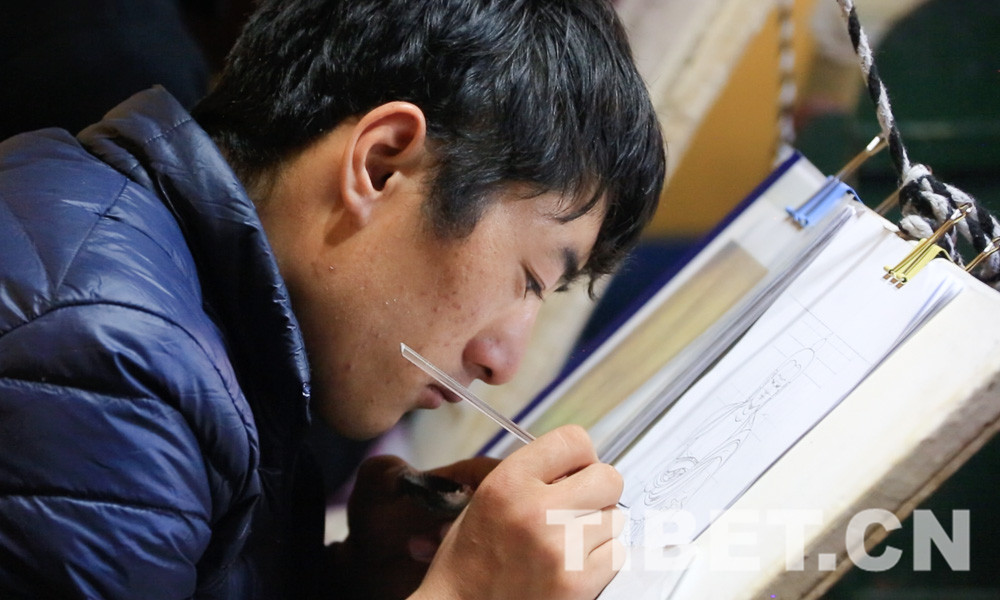
Sincere hearts of thangka artists
“Some students who study thangka are flighty and impetuous. So I hope that we can prolong t...
Latest News
- Egypt uncovers intact 4,400-year-old pharaonic tomb near Giza pyramids
- UN climate conference adopts rulebook for implementing Paris deal
- Service of Chinese Americans in World War II to be formally recognized
- Germany suffers severe Santa shortage as Christmas draws near
- 7-year-old in good health, border agents said; then she died

